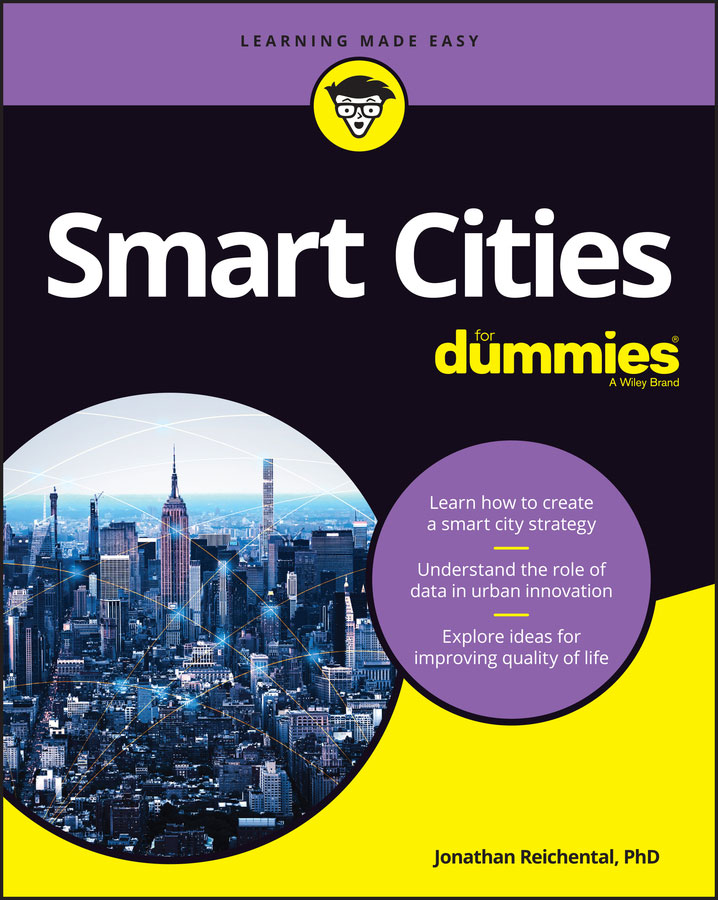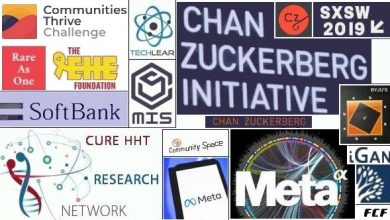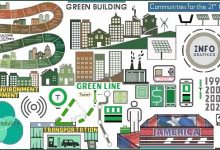
Hello, Jonathan, please introduce yourself to our readers.
I am the CEO of Human Future, a global business and technology education, advisory, and investment firm. I’m the former Chief Information Officer (CIO) for the City of Palo Alto, and a multiple award-winning technology leader with a 30-year career that has spanned both the private and public sectors. In 2017, I was named one of the top 100 CIOs in the world and in 2016 I was named a top influential CIO in the United States. I’ve been recognized as a global thought leader on a number of emerging trends including urban innovation and blockchain technology. In 2013 I was recognized as one of the 25 doers, dreamers, and drivers in government in America. I also won a best CIO in Silicon Valley award and a national IT leadership prize. My innovative work in government has also been recognized by the White House. I am an adjunct professor at several universities including UC Berkeley and the University of San Francisco. I am a popular writer and online host, producing several highly successful online courses with LinkedIn Learning. I co-authored The Apps Challenge Playbook and I’m is a frequent public speaker on a wide range of technology and business-related topics. I co-host the popular podcast, Drinking Wine Talking Tech. My current book, Smart Cities for Dummies, is available in most bookstores and online.
For those who don’t know, could you start off by telling us a little bit about your new book “Smart Cities For Dummies”
This is a book about people. At its heart, it’s about improving the quality of life for urban communities all over the world. Though the popular term smart cities is used, this book focuses on the future of all cities.
To succeed at elevating the human condition for billions of people, cities need to adopt new ideas, new approaches, and new technologies for how they’re operated and delivered. That’s the definition of a smart city.
Note, however, that this isn’t a book primarily about technology, although technology does play a large role. Neither does the book suggest that cities need to create a surveillance society or erode privacy in order to succeed. At their core, smart cities aren’t about sensors or algorithms or virtual town halls — they’re about a better future for humanity. After all, to quote Shakespeare, “What is the city but the people?”
Earth is already a majority urban planet and it’s estimated that, by midcentury, 70 percent of all humans will live in an urban area. Put another way, our human future belongs to cities. Most people will spend their days living, working, and playing in a metropolis. If we want to enjoy career opportunities, clean air and water, efficient transportation, low-cost energy, safety, convenient city services, and inclusion while all the time saving the planet from a climate crisis, we have a lot of city work ahead of us.
The city is already the center of the human experience. It is the most complicated and successful of all inventions. Urban areas have lifted billions of people out of extreme poverty, and they continue to shape and define our future.
The challenges ahead for cities aren’t trivial. Cities have come a long way, but they have a long way to go. Building better and smarter cities may be the biggest challenge that humanity now faces.
I wrote this book as the definitive reference guide for anyone who has an interest in creating safer and more prosperous communities. It’s also for anyone who wants to understand the opportunities and challenges in the world’s cities. When I discovered that cities would be central to our human future, I was compelled to become a part of positive change. I’ve spent several years helping to build smarter communities and educate city leaders on almost every continent. The realization that, done right, cities were capable of offering the best solutions for a better tomorrow was the moment my passion for cities emerged. This book is my attempt to share the city planning-and-development lessons and ideas I’ve discovered and executed along the way.

Smart Cities For Dummies is the first comprehensive reference and how-to book that gives you the knowledge and tools to build smarter cities and improve the quality of life for the greatest number of people.
You can purchase the book at your local bookstore or online book seller. It’s also available in many territories on Amazon.
What does the term “smart city” represent to you?
A smart city is an approach to urbanization that uses innovative technologies to enhance community services and economic opportunities, improves city infrastructure, reduces costs and resource consumption, and increases civic engagement.
What are the innovations that we’re observing right now?
Though I argue that the world is still in the early innings of a third industrial revolution — the electronics, digital, and Internet age — the signs of yet another revolution are becoming visible. First coined in 2015 by Klaus Schwab, the executive chairman of the World Economic Forum, the fourth industrial revolution is defined as an emerging period of rapid technological innovation and societal change.
These new technologies are advancing the intersection and capabilities of hardware, software, and biology — collectively called cyberphysical systems. In addition, many of these systems are being enhanced by developments in communications and connectivity. Breakthroughs are being made in megatrend areas such as robotics, artificial intelligence, quantum computing, biotechnology, nanotechnology, neurotechnology, the Internet of Things, blockchain, fifth generation wireless (5G), 3D printing, and autonomous vehicles (AVs).
Societal changes include the transforming nature of work, shifting global demographics, exploding consumer expectations, varying technology ethics (technoethics), and expanding global economics.
What is going to happen to those that cannot enter the Smart dynamics? Could that lead to a gap between two worlds: Smart and non-Smart?
Most everyone enjoys using new technologies. I know I do. But there’s always a risk that deploying a new smart city technology and process may have a positive impact on one part of the community while overlooking, or even limiting, others. That is unacceptable.
Cities belong to everyone. Cities must serve everyone. Private organizations may have the right to choose their customers, but cities do not and should not. For example, even when a city digitizes a simple analog process, such as putting a form online, it must retain alternatives for those who lack the technological savvy or access to the necessary technology. It’s a unique city characteristic and responsibility.
Because smart city efforts can range in their impact on a community, careful consideration must be given to inclusiveness. Urban innovation has the real potential to create and increase social inequity. Specifically, in the design of a new service, teams must assess whether everyone who may be impacted by the change continues to be served with equal access, respect, and attention.
Ensuring analog options for online services may be relatively straightforward, but many smart city projects involve both the digital and physical worlds. For example, services that use audio and visual cues must be accessible by those who have limitations in those sensory areas. Inclusive smart cities require broad community engagement and collaboration — and a commitment to human-centered urban design.
To date, the lack of a focus on inclusiveness in smart city programs has been an area of notable criticism. It’s time to make inclusiveness a priority and a mandatory part of the work. Improving the quality of life in cities must not be an experience for only a subset of a community — it’s a goal that must benefit everyone.











